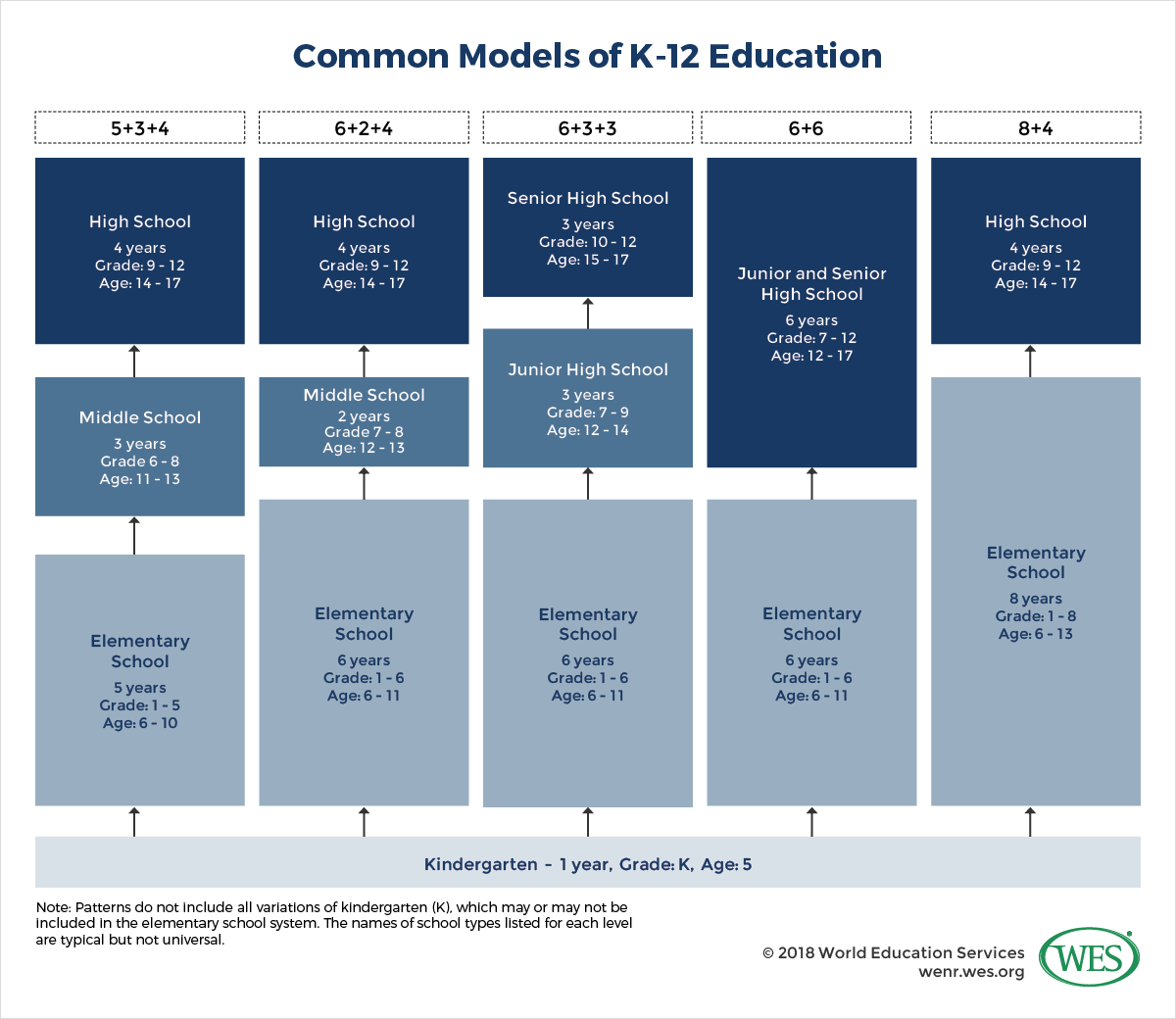Education by State is one of the most important aspects of a person’s life. It provides the foundation for personal growth and career success, and is a key driver of economic growth and prosperity. In the United States, the education system is composed of a patchwork of state and local programs, each with its own unique characteristics and challenges. In this article, we’ll take a closer look at the state of education in America and explore how it varies from one state to the next.
One of the most notable differences in the American education system is the wide range of funding levels for schools. Some states invest heavily in their schools, providing students with well-funded classrooms, access to technology, and a wide range of extra-curricular activities. Other states, however, struggle to provide basic funding for their schools, leading to overcrowded classrooms, outdated technology, and limited opportunities for students.
This variation in funding levels is reflected in the academic performance of students across the country. In states with well-funded schools, students tend to score higher on standardized tests and are more likely to graduate from high school and go on to attend college. Conversely, students in states with underfunded schools are more likely to struggle academically and drop out of school.
Another factor that affects education by state is the role of local control. In some states, local school boards have a great deal of autonomy, allowing them to make decisions about curriculum, funding, and other important issues. In other states, however, the state government plays a more direct role in the management of schools, making decisions about what is taught, how schools are funded, and what resources are available to teachers and students.
This local control can also affect the quality of education. In states where local control is strong, schools are often able to respond to the unique needs of their communities and provide a customized educational experience to students. In states where the state government has more control, however, schools may not be able to respond as effectively to the needs of their communities and may be limited in their ability to provide a high-quality education.
In recent years, the landscape of American education has been shaped by a number of national trends and policy initiatives. For example, the Common Core State Standards, which were developed by a consortium of states, have been adopted by a majority of states as a way of establishing a set of consistent educational standards across the country. This has helped to ensure that students in different states receive a consistent education, regardless of where they live.
Another important trend has been the increasing focus on technology in the classroom. Many states have embraced technology as a way of improving the educational experience for students, by providing access to digital resources and interactive learning tools. However, the availability of technology in the classroom varies widely from state to state, with some states having well-equipped classrooms and others struggling to provide students with even the most basic tools.
In conclusion, the American education system is a complex and diverse landscape, with each state facing its own unique challenges and opportunities. While there are some common trends and initiatives that are shaping the future of education, the state of education by state remains highly varied, reflecting the diverse needs and priorities of different communities across the country. Nevertheless, despite the challenges, the American education system continues to provide students with the foundation they need to succeed in life and contribute to the prosperity of the nation.
